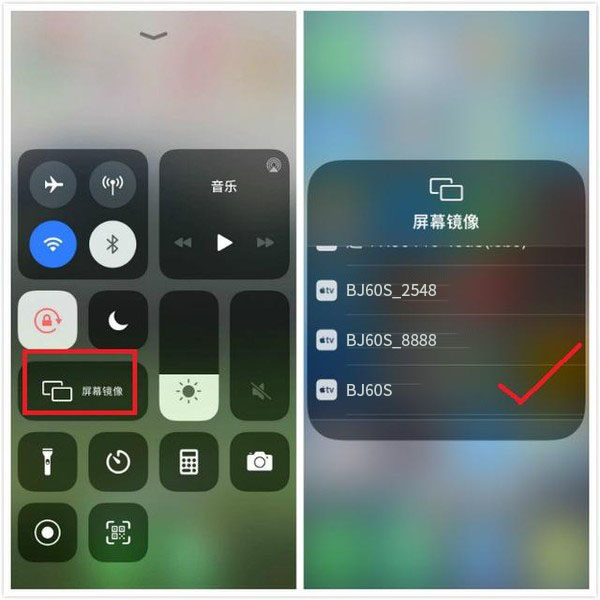Screen Projection – AirPlay and DLNA: Comparison of Wireless Audio Transmission Technology
With the continuous development of technology, wireless audio transmission technology has become an indispensable part of modern homes and commercial places. Among them, AirPlay and DLNA are two highly regarded technologies, each with its own characteristics, but there are also some differences. This article will provide a detailed comparison between AirPlay and DLNA to help readers better understand their differences.
- AirPlay
AirPlay is a wireless audio transmission technology developed by Apple, which is based on WiFi networks for transmission. By sending audio signals from iPhone, iPad, or other devices to AirPlay enabled devices such as Apple TV, HomePod, etc., users can achieve seamless audio transmission. The working principle of AirPlay is to send audio data from the device to a receiver that supports AirPlay, and then the receiver decodes and plays the audio data.

- DLNA
DLNA (Digital Living Network Alliance) is a wireless audio transmission standard jointly developed by companies such as Sony, Intel, and Microsoft. It is based on WiFi or wired networks for transmission, achieving wireless audio transmission by sending audio data from the device to DLNA supported receivers. The working principle of DLNA is to send audio data from the device to a receiver that supports DLNA, and then the receiver decodes and plays the audio data.

Distance
- AirPlay
The transmission distance of AirPlay is relatively short, usually around 10 meters. This means that if the distance between your device and the receiver exceeds 10 meters, it may cause signal attenuation or interruption. In addition, the presence of walls or other obstacles may also affect the transmission distance of AirPlay.
- DLNA
The transmission distance of DLNA is relatively long, usually around 30 meters. This means that even if the distance between your device and the receiver is far, as long as it is within the transmission range, you can still enjoy a high-quality audio experience. In addition, DLNA also supports wired connections, which can connect devices to receivers through Ethernet cables, further improving transmission distance and stability.
Audio quality
- AirPlay
The audio quality of AirPlay is relatively high, supporting lossless transmission and low latency. This means that you can transfer music from the device to the receiver through AirPlay without any sound quality loss or delay. In addition, AirPlay also supports multi room synchronous playback, allowing you to enjoy the same music experience in different rooms.
- DLNA
The audio quality of DLNA is also relatively high, but it may be slightly inferior to AirPlay. DLNA supports multiple audio formats and codecs, which can be automatically matched and adjusted according to different devices and receivers. In addition, DLNA also supports multi room synchronous playback function, allowing you to enjoy the same music experience in different rooms. However, it should be noted that as DLNA is transmitted over a network, it may be affected by network bandwidth and stability, thereby affecting audio quality.
compatibility
- AirPlay
AirPlay is mainly suitable for Apple devices such as iPhone, iPad, Mac, etc. Although some third-party devices also support AirPlay functionality, the number is relatively small. Therefore, if you primarily use Apple devices for audio transmission, AirPlay is a good choice.
- DLNA
DLNA is an open standard that has received support from numerous vendors. Therefore, almost all modern smart TVs, speakers, and other devices support DLNA functionality. This means that you can use any device that supports DLNA to transfer audio to any receiver that supports DLNA. Therefore, if you want to achieve a seamless audio transmission experience between different devices, DLNA is a better choice.
In summary, AirPlay and DLNA each have their own characteristics: AirPlay is mainly suitable for Apple device users who pursue high-quality audio experiences; DLNA, on the other hand, is suitable for more device users seeking wider compatibility and longer transmission distances. Therefore, when choosing wireless audio transmission technology, you can choose according to your own needs and preferences. If you primarily use Apple devices and pursue a high-quality audio experience, then AirPlay is a good choice; If you want to achieve a seamless audio transmission experience between different devices and pursue wider compatibility and longer transmission distances, then DLNA is a better choice.